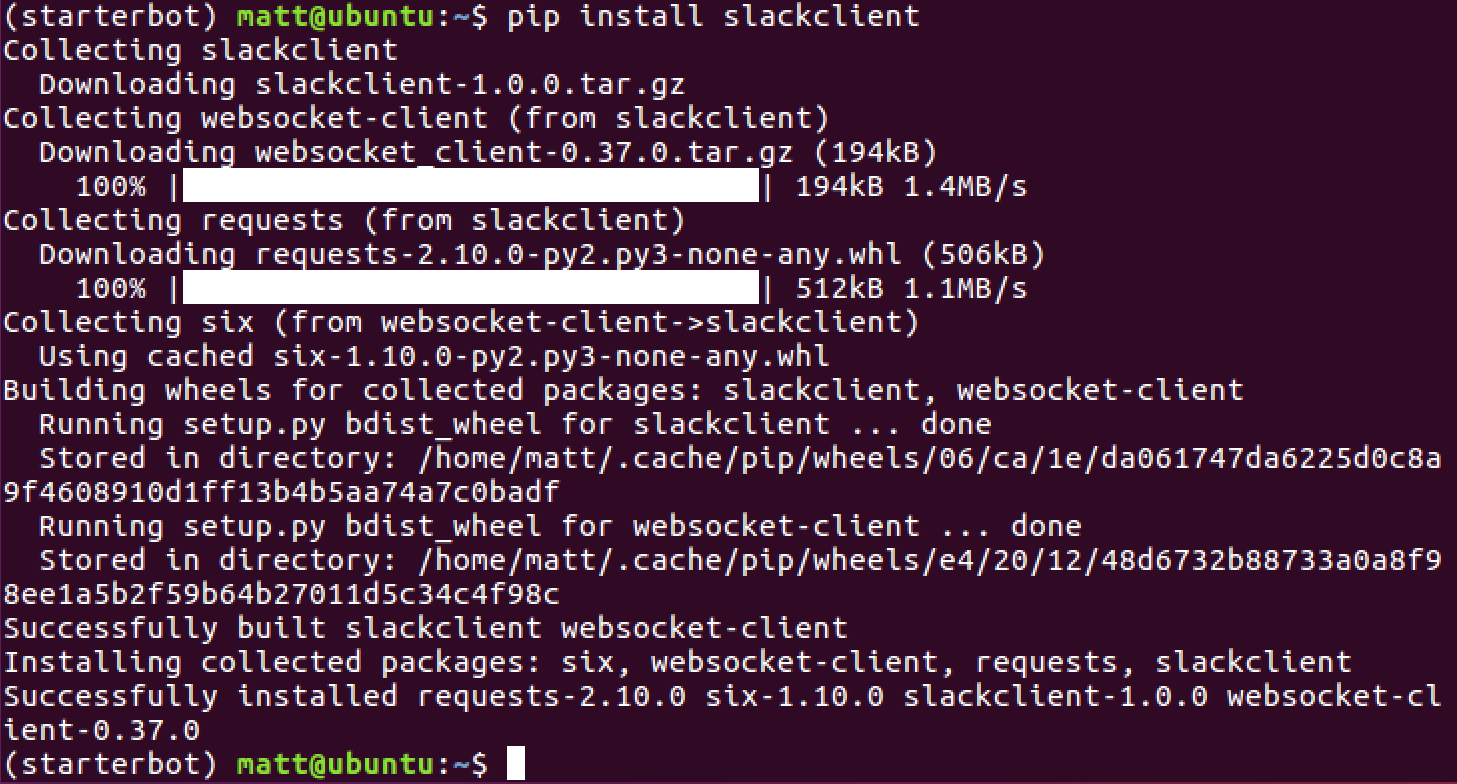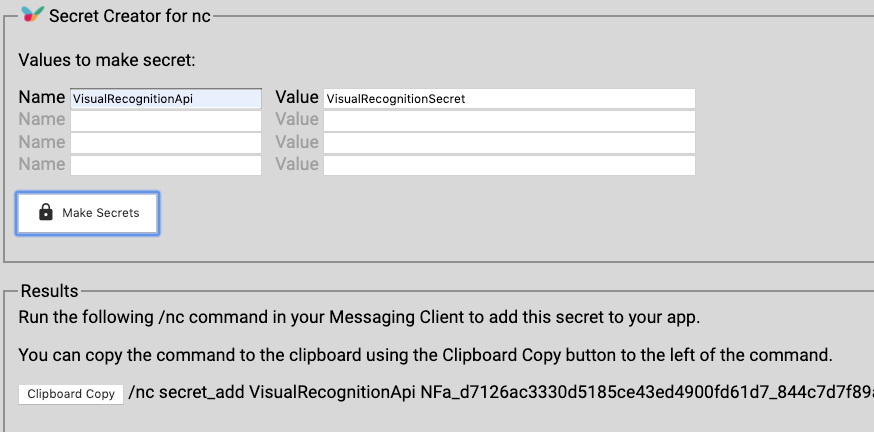

(The environment variables must be set for this command to work.) Run zlack.py, and then type /auth slack to authenticate. You're not going to be submitting this to Slack's App Directory.) Authenticating on Slack (The developer page suggests that you add "features or permissions scopes", but you don't have to. (Note that in earlier versions, these were named ZLACK_. Once you've done this, set the SLACK_CLIENT_ID and SLACK_CLIENT_SECRET environment variables to the values shown on your "App Credentials" page. Then, under "Permissions", add as a redirect URL. Visit Slack's developer page and create a new app. This repository doesn't include any such ID, because these IDs should not be publicized. You'll have to create your own Slackapp client ID. Sorry! I'm using an extremely minimal subset of the Slack API it was easier to write my own, at least back when I started this project.) Setting up the Slack client (Note that I am not using the official Python Slack SDK library. Mattermost is an open-source team messaging service it is similar to Slack in form and function. If you want to do something fancy, you pull up the official Slack client or the web page. It doesn't try to handle every fancy new feature that Slack rolls out. This is not a full-on Slack client! It's a replacement for the way I used the XMPP gateway: a little window in the corner of my screen where I can keep an eye on a few important Slack groups and type quick replies.


(I wrote an objection to this, but it didn't help.) This project is a replacement for those gateways. Zlack: a minimalist command-line Slack (and Mattermost) clientĪs you may know, Slack turned off their IRC and XMPP gateways on May 15th.


 0 kommentar(er)
0 kommentar(er)
